Your cart is currently empty!
Tag: Remote Monitoring
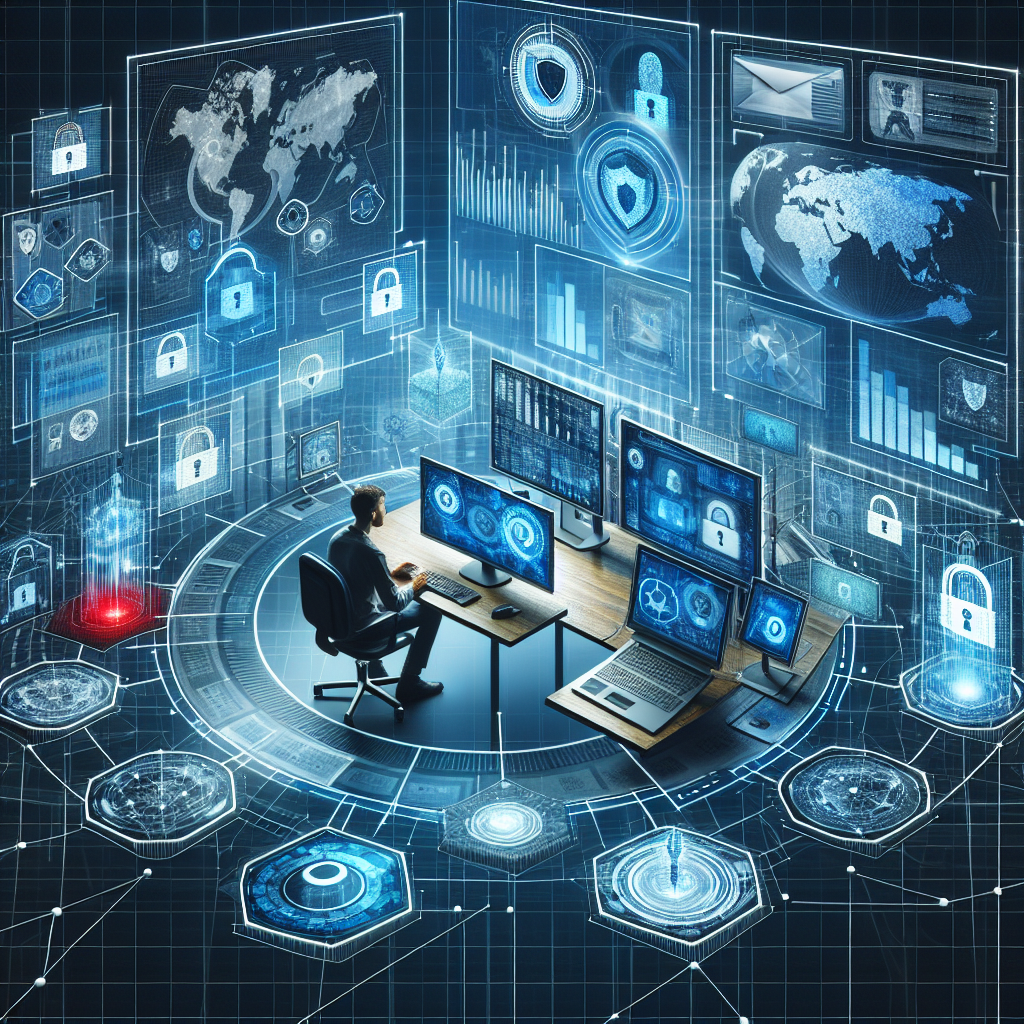
Remote Monitoring in the Digital Age: Navigating Privacy and Data Security Concerns
In the digital age, remote monitoring has become increasingly popular as more and more companies and individuals rely on technology to track and monitor various aspects of their lives. From monitoring employees’ productivity to tracking health and fitness data, remote monitoring offers convenience and efficiency. However, as with any technology, there are concerns about privacy and data security that must be navigated.One of the biggest concerns surrounding remote monitoring is the potential invasion of privacy. With the ability to track and monitor individuals’ every move, there is a fear that this information could be misused or exploited. For example, employers monitoring their employees’ productivity could lead to a lack of trust and a feeling of constant surveillance. Additionally, tracking personal health data could potentially be used against individuals by insurance companies or employers.
To address these privacy concerns, it is important for companies and individuals to be transparent about the data they are collecting and how it will be used. Clear communication and consent from all parties involved are essential to ensuring that remote monitoring is being used ethically and responsibly. Companies should also implement strict security measures to protect the data being collected, such as encryption and secure storage methods.
Data security is another major concern when it comes to remote monitoring. With the increasing amount of data being collected and stored, there is a risk of this information being compromised or hacked. This could lead to sensitive information being exposed and potentially used for malicious purposes.
To mitigate these risks, companies should invest in robust cybersecurity measures and regularly update their systems to protect against potential threats. Additionally, individuals should take steps to protect their own data, such as using strong passwords and being cautious about sharing personal information online.
Overall, remote monitoring offers many benefits in terms of convenience and efficiency, but it is important to be mindful of the privacy and data security concerns that come with it. By being transparent about data collection and usage, implementing strong security measures, and being proactive about protecting personal information, we can navigate these concerns and continue to reap the benefits of remote monitoring in the digital age.
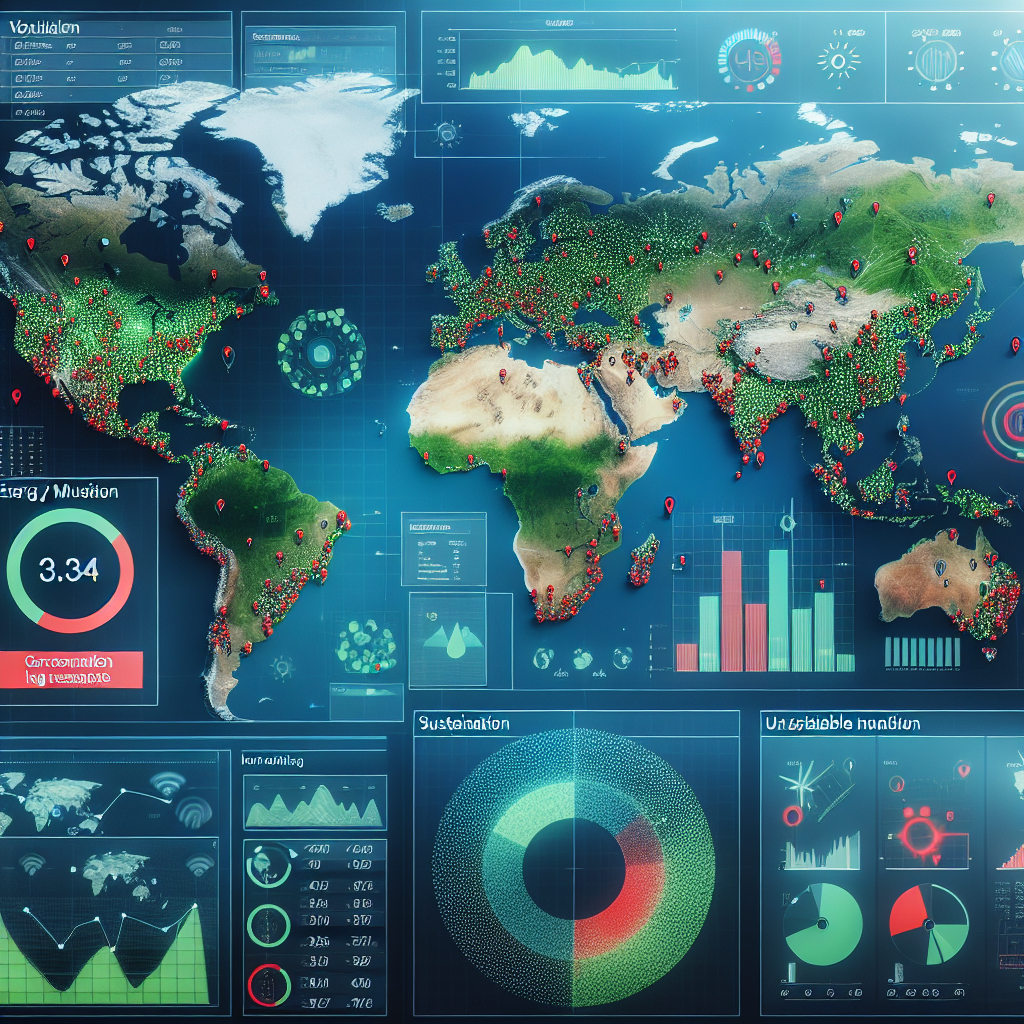
The Impact of Remote Monitoring on Energy Consumption and Sustainability
In recent years, remote monitoring has revolutionized the way we manage energy consumption and promote sustainability. Remote monitoring allows businesses and homeowners to track and analyze their energy usage in real-time, providing valuable insights into where energy is being wasted and how it can be optimized for maximum efficiency.One of the key benefits of remote monitoring is its ability to identify patterns and trends in energy consumption that may otherwise go unnoticed. By monitoring energy usage on a continuous basis, businesses and homeowners can pinpoint areas of inefficiency and take immediate action to reduce waste.
For example, a business may discover that certain equipment is running unnecessarily during off-peak hours, leading to increased energy costs. By remotely monitoring these devices, they can implement automated shutdown procedures or adjust scheduling to reduce energy consumption and save money.
In addition to cost savings, remote monitoring also has a significant impact on sustainability. By reducing energy waste, businesses and homeowners can lower their carbon footprint and contribute to a more environmentally friendly future. This not only benefits the environment but also enhances the reputation of the organization as a responsible and sustainable entity.
Furthermore, remote monitoring allows for predictive maintenance, which can help prevent costly breakdowns and prolong the lifespan of equipment. By monitoring the performance of HVAC systems, lighting, and other energy-consuming devices, businesses can identify potential issues before they escalate, saving time and money in the long run.
Overall, the impact of remote monitoring on energy consumption and sustainability is profound. By providing real-time insights into energy usage, businesses and homeowners can make informed decisions to reduce waste, save money, and promote a greener future. As technology continues to advance, remote monitoring will play an increasingly important role in shaping our energy landscape for years to come.
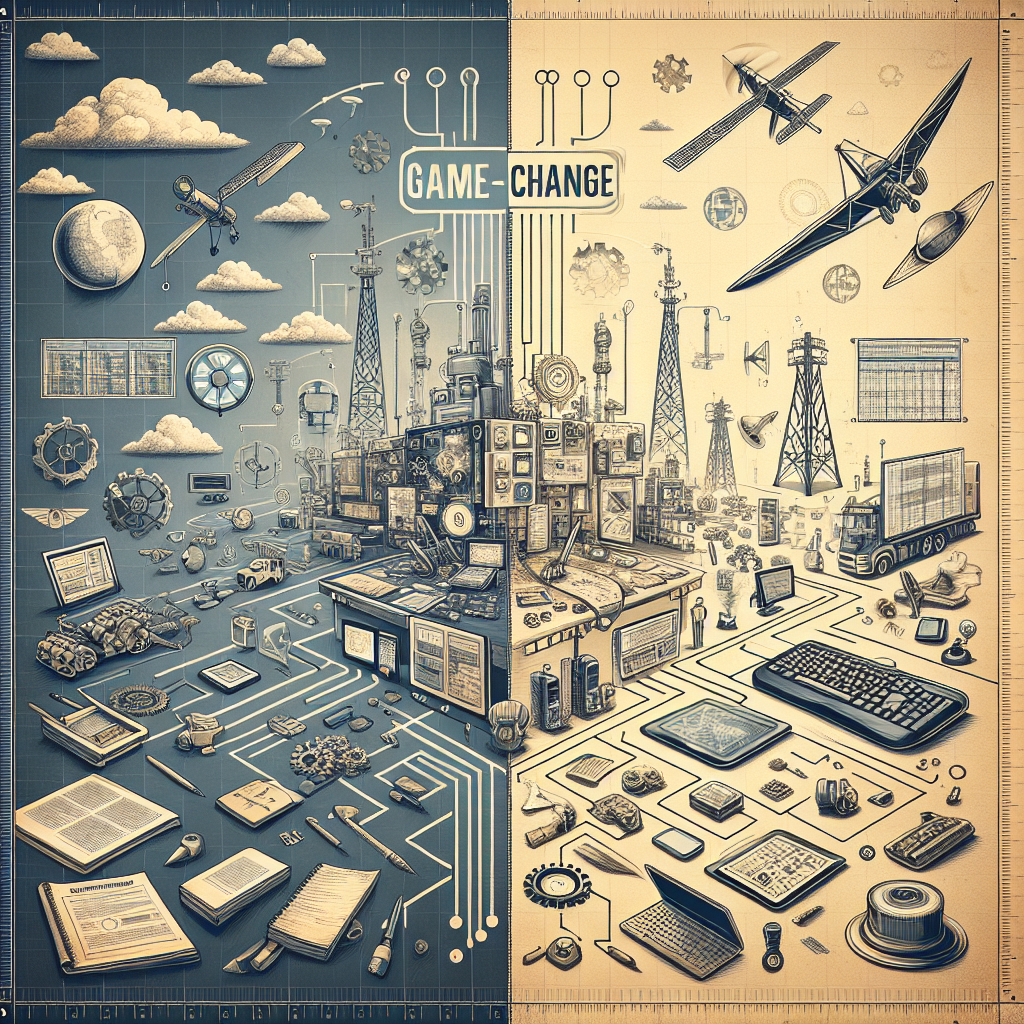
Remote Monitoring: A Game-Changer for Asset Management and Maintenance
Remote monitoring technology has revolutionized the way businesses manage their assets and conduct maintenance activities. By leveraging the power of connectivity and real-time data, remote monitoring has become a game-changer for asset management and maintenance.One of the key benefits of remote monitoring is its ability to provide real-time visibility into the performance and condition of assets. With sensors and monitoring devices installed on equipment, businesses can gather data on key metrics such as temperature, pressure, and vibration. This data is then transmitted to a centralized platform where it can be analyzed and used to make informed decisions about maintenance schedules and asset utilization.
By having access to real-time data, businesses can proactively identify issues before they escalate into costly breakdowns. For example, if a sensor detects a sudden increase in temperature in a piece of equipment, maintenance teams can be alerted immediately and take corrective action to prevent a breakdown. This not only helps to minimize downtime but also reduces the need for costly emergency repairs.
Remote monitoring also enables businesses to optimize their maintenance schedules and resources. By analyzing historical data and performance trends, businesses can identify patterns and predict when maintenance is needed. This allows maintenance teams to schedule preventive maintenance activities at the most optimal times, reducing the risk of unexpected failures and maximizing asset lifespan.
Furthermore, remote monitoring can help businesses improve their overall asset performance and efficiency. By monitoring key performance indicators in real-time, businesses can identify opportunities for optimization and make data-driven decisions to improve asset utilization. For example, if a piece of equipment is consistently running below its optimal performance levels, maintenance teams can investigate the root cause and implement corrective actions to improve efficiency.
In addition to improving asset management and maintenance, remote monitoring technology also offers cost-saving benefits. By reducing the need for manual inspections and increasing the efficiency of maintenance activities, businesses can lower their maintenance costs and extend the lifespan of their assets. This not only helps to improve the bottom line but also enhances the overall operational efficiency of the business.
In conclusion, remote monitoring has emerged as a game-changer for asset management and maintenance. By providing real-time visibility, proactive maintenance capabilities, and cost-saving benefits, remote monitoring technology enables businesses to optimize their assets, reduce downtime, and improve overall operational efficiency. As businesses continue to adopt remote monitoring technology, they will be better positioned to stay ahead of the curve and drive success in today’s competitive business landscape.
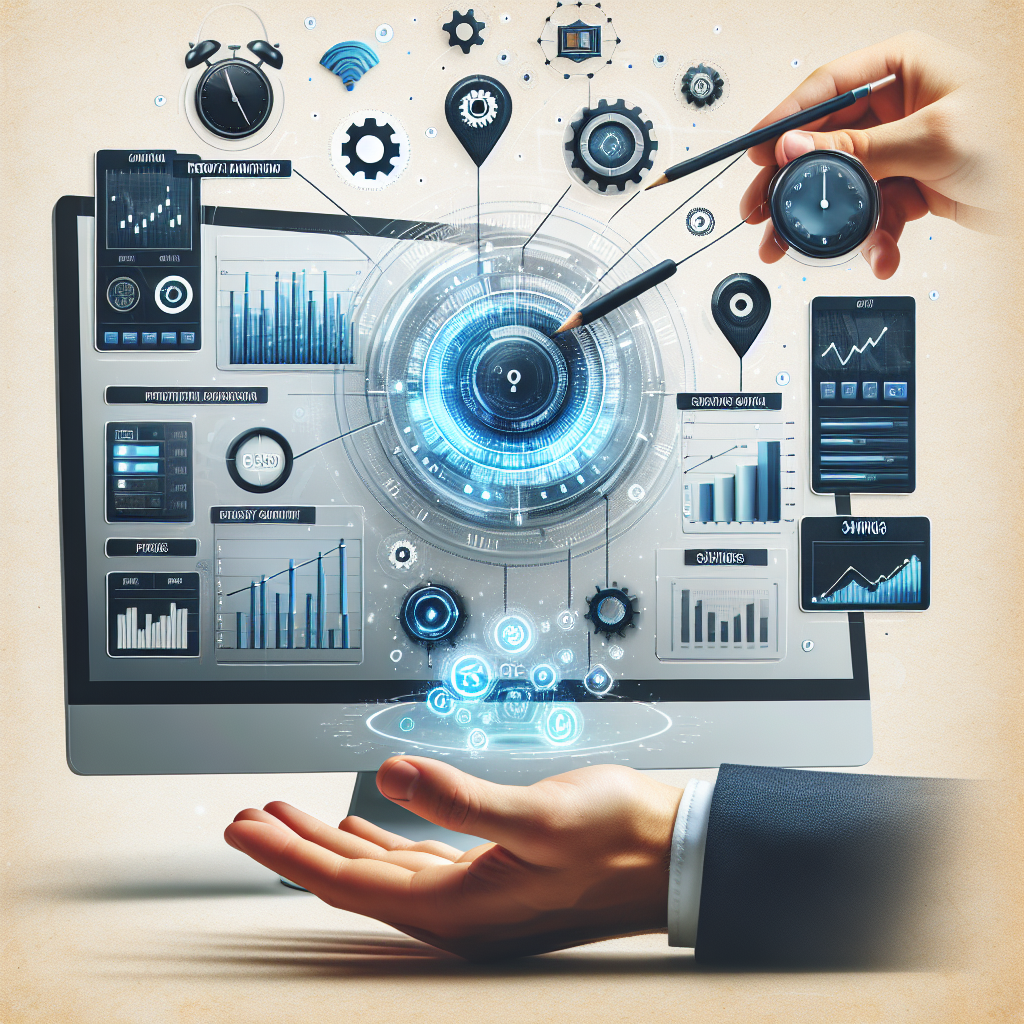
The Role of Remote Monitoring in Improving Efficiency and Cost Savings
Remote monitoring technology has become an essential tool for businesses looking to improve efficiency and save on costs. This technology allows companies to keep a close eye on their operations and assets from a distance, providing real-time data and insights that can help streamline processes and identify areas for improvement.One of the key benefits of remote monitoring is its ability to provide businesses with a comprehensive view of their operations. By collecting data from various sensors and devices, companies can gain a better understanding of how their systems are performing and identify potential issues before they escalate. This proactive approach to maintenance can help prevent costly downtime and repairs, ultimately saving businesses money in the long run.
Remote monitoring also allows companies to optimize their resources more effectively. By tracking equipment usage and performance, businesses can identify opportunities to streamline processes and reduce waste. This can lead to significant cost savings, as companies are able to operate more efficiently and effectively allocate their resources.
In addition to improving efficiency and saving costs, remote monitoring technology can also help businesses enhance their overall safety and security. By monitoring critical systems and assets in real-time, companies can quickly respond to any emergencies or security threats, minimizing the potential for damage or loss.
Overall, remote monitoring plays a crucial role in helping businesses improve their operations and save on costs. By providing real-time data and insights, this technology enables companies to optimize their resources, enhance their safety and security, and ultimately achieve greater efficiency and profitability. As businesses continue to embrace digital transformation, remote monitoring will undoubtedly remain a valuable tool for driving success in today’s fast-paced and competitive business environment.
Remote Monitoring in the Age of COVID-19: Keeping Employees Safe and Productive
The COVID-19 pandemic has brought about many changes in the way we work, with remote monitoring becoming a crucial tool for keeping employees safe and productive. As businesses navigate the challenges of operating during a global health crisis, the need for remote monitoring solutions has become more apparent than ever before.Remote monitoring allows employers to keep track of their employees’ activities, regardless of where they are working from. This can be especially important in situations where employees are working from home, as it provides a way to ensure that they are staying on task and meeting deadlines. In addition, remote monitoring can help employers identify potential issues or concerns that may arise, such as cybersecurity threats or performance issues.
One of the key benefits of remote monitoring is the ability to keep employees safe during a time when social distancing and other safety measures are of utmost importance. By monitoring employee activities remotely, employers can minimize the need for in-person interactions and reduce the risk of exposure to the virus. This can help to protect employees and their families, as well as prevent the spread of COVID-19 within the workplace.
Remote monitoring can also help to improve employee productivity during these challenging times. By providing employers with real-time insights into employee activities, remote monitoring can help to identify areas where employees may be struggling and provide support or resources to help them succeed. This can be especially important in a remote work environment, where employees may be facing new challenges and distractions that can impact their performance.
In addition, remote monitoring can help to ensure that employees are complying with company policies and procedures, even when working remotely. This can help to maintain a sense of accountability and professionalism among employees, even when they are working from home. By monitoring employee activities, employers can also ensure that sensitive information is being handled securely and that company data is protected from potential threats.
Overall, remote monitoring is an essential tool for businesses looking to navigate the challenges of operating during the COVID-19 pandemic. By keeping employees safe and productive, remote monitoring can help businesses to weather the storm and emerge stronger on the other side. As we continue to adapt to the new normal of remote work, remote monitoring will play a crucial role in ensuring the safety and success of employees and businesses alike.
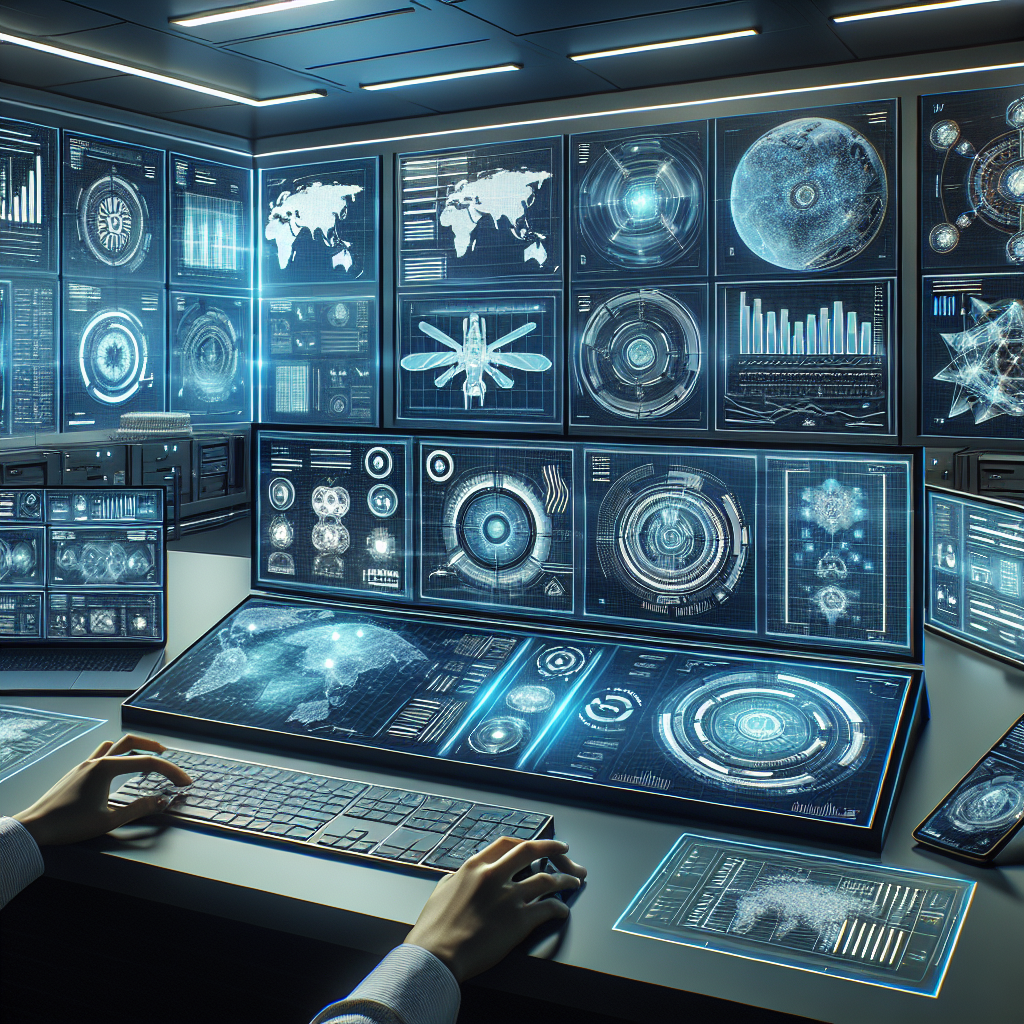
The Future of Remote Monitoring: Trends to Watch in 2021 and Beyond
Remote monitoring has become an essential tool for businesses in various industries, allowing them to keep track of their assets, equipment, and systems from a distance. With advancements in technology and the increasing need for remote solutions, the future of remote monitoring looks promising. Here are some trends to watch in 2021 and beyond.1. Internet of Things (IoT) Integration: With the proliferation of IoT devices, remote monitoring systems are becoming more interconnected and intelligent. IoT sensors can collect data from various sources, providing real-time insights and alerts to remote monitoring platforms. This integration allows businesses to monitor and manage their assets more effectively, leading to improved efficiency and reduced downtime.
2. Artificial Intelligence (AI) and Machine Learning: AI and machine learning algorithms are being used to analyze vast amounts of data collected by remote monitoring systems. These technologies can identify patterns, anomalies, and trends, enabling businesses to predict potential issues before they occur. AI-powered remote monitoring solutions can also automate tasks, making operations more efficient and cost-effective.
3. Cloud-Based Solutions: Cloud-based remote monitoring platforms are becoming increasingly popular due to their scalability, flexibility, and accessibility. These solutions allow businesses to access real-time data from anywhere, using any device with an internet connection. Cloud-based remote monitoring also provides better security, as data is stored in secure servers and can be easily backed up and restored.
4. 5G Technology: The rollout of 5G technology is expected to revolutionize remote monitoring by providing faster and more reliable connectivity. With 5G networks, businesses can transmit and receive data in real-time, enabling more responsive remote monitoring solutions. This technology will also support the increasing number of IoT devices and sensors used for remote monitoring, enhancing overall system performance.
5. Predictive Maintenance: Remote monitoring systems are evolving from reactive to proactive maintenance approaches. By analyzing data collected from sensors and equipment, businesses can predict when maintenance is needed before a breakdown occurs. This predictive maintenance strategy helps businesses avoid costly downtime and repairs, improving overall operational efficiency.
6. Cybersecurity Measures: As remote monitoring systems become more interconnected and data-driven, cybersecurity is a growing concern. Businesses need to implement robust cybersecurity measures to protect their sensitive data and prevent cyber threats. This includes encrypting data, implementing multi-factor authentication, and regularly updating security protocols to stay ahead of potential threats.
In conclusion, the future of remote monitoring looks bright, with advancements in technology driving innovation and efficiency in various industries. By keeping an eye on these trends and leveraging the latest technologies, businesses can enhance their remote monitoring capabilities and stay ahead of the competition in 2021 and beyond.
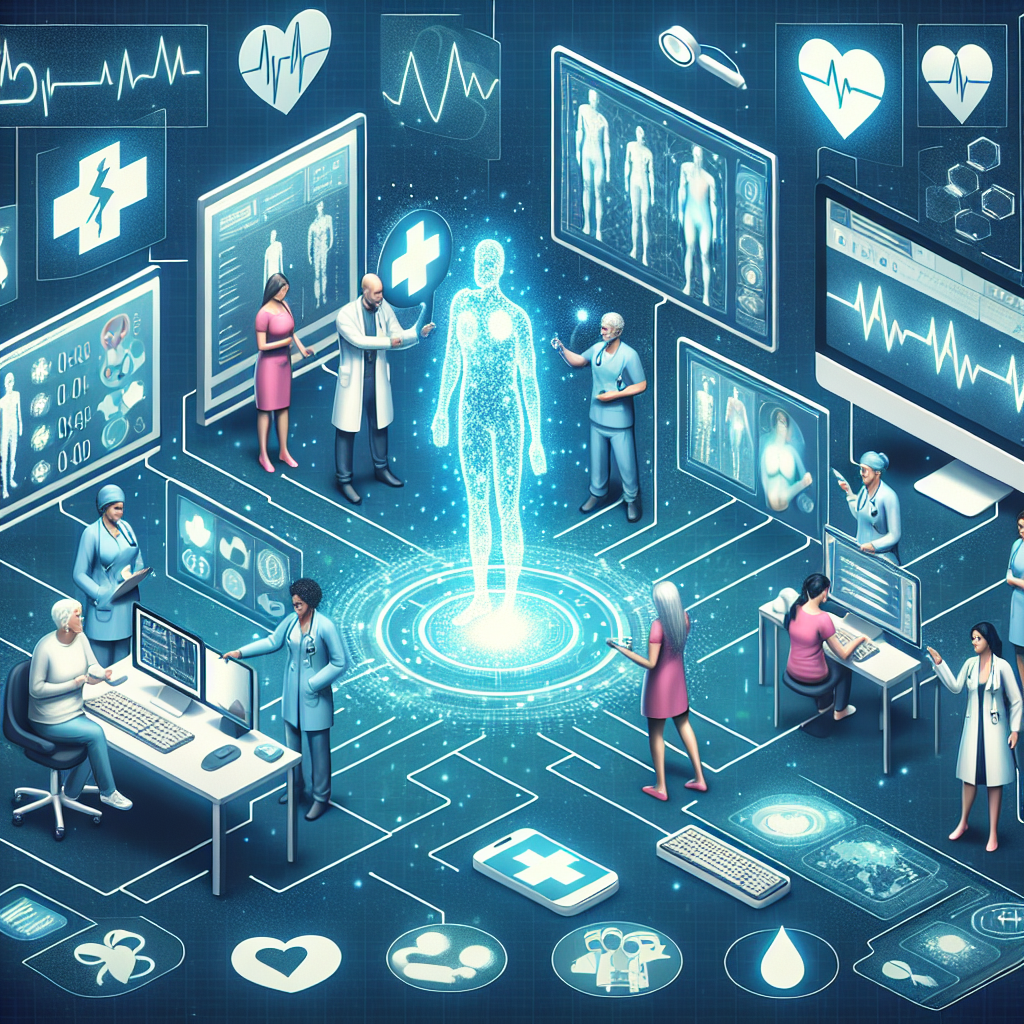
How Remote Monitoring Technology is Revolutionizing Healthcare
Remote monitoring technology is transforming the way healthcare is delivered, making it more convenient, efficient, and accessible for patients and healthcare providers alike. This innovative technology allows for the monitoring of patients’ vital signs and health data in real-time, regardless of their location, enabling early detection of health issues and timely intervention.One of the key benefits of remote monitoring technology is its ability to provide continuous monitoring of patients with chronic conditions, such as diabetes, hypertension, and heart disease. Instead of having to visit a healthcare facility for periodic check-ups, patients can now have their vital signs and health data monitored remotely, allowing for more personalized and proactive care management.
Remote monitoring technology also empowers patients to take control of their health and well-being by providing them with real-time feedback on their health status. This can help patients make informed decisions about their lifestyle choices and treatment plans, leading to better health outcomes in the long run.
For healthcare providers, remote monitoring technology offers the opportunity to streamline their workflows and improve patient outcomes. By monitoring patients remotely, healthcare providers can identify potential health issues early on and intervene before they escalate, reducing the need for hospitalizations and emergency room visits.
Moreover, remote monitoring technology can help healthcare providers better manage their caseloads and prioritize care for patients who need it the most. By monitoring patients remotely, healthcare providers can allocate their resources more effectively and provide timely care to those who are at high risk of developing complications.
Overall, remote monitoring technology is revolutionizing healthcare by making it more convenient, efficient, and accessible for both patients and healthcare providers. With the ability to monitor patients remotely and provide timely interventions, this technology has the potential to improve health outcomes, reduce healthcare costs, and enhance the overall quality of care. As remote monitoring technology continues to evolve, it will undoubtedly play a crucial role in shaping the future of healthcare delivery.
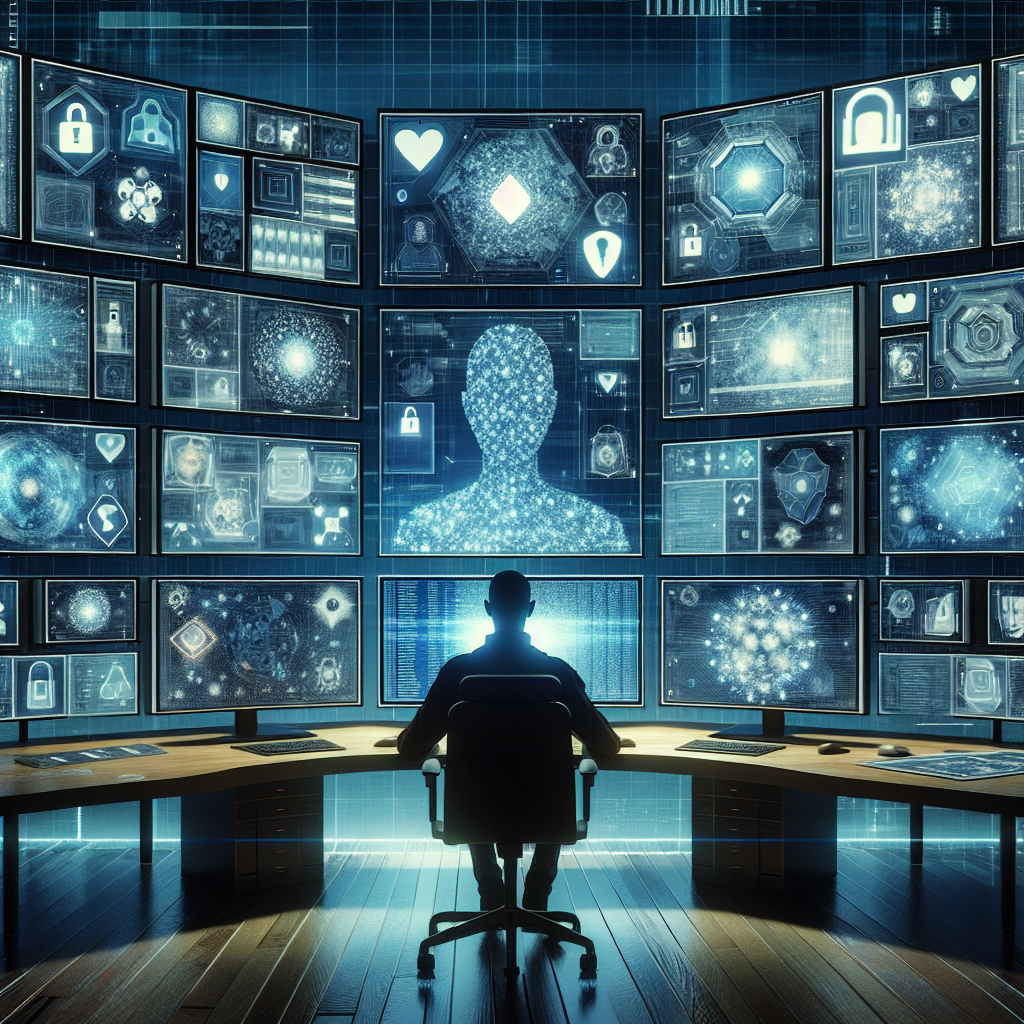
Exploring the Security Implications of Remote Monitoring Technology
Remote monitoring technology has become an essential tool in various industries, allowing organizations to keep track of their assets, equipment, and processes from a distance. While this technology offers numerous benefits, such as increased efficiency, cost savings, and improved decision-making, it also raises important security implications that must be carefully considered.One of the primary security concerns associated with remote monitoring technology is the risk of unauthorized access to sensitive data. As remote monitoring systems often rely on internet connectivity and cloud storage to transmit and store data, they are vulnerable to cyber attacks. Hackers could potentially intercept the data being transmitted, manipulate it, or even gain access to the entire system, leading to data breaches and compromised security.
To mitigate this risk, organizations must implement robust security measures, such as encryption, authentication, and access controls, to protect the data being transmitted and stored by remote monitoring systems. Regular security audits and updates should also be conducted to ensure that the system is up to date and protected against the latest threats.
Another security implication of remote monitoring technology is the potential for physical tampering or sabotage. As these systems are often deployed in remote or unattended locations, they may be more susceptible to unauthorized individuals gaining access to the equipment and tampering with it. This could result in equipment malfunctions, downtime, or even safety hazards.
To prevent physical tampering, organizations should consider implementing physical security measures, such as locks, alarms, and surveillance cameras, to protect the remote monitoring equipment. Regular inspections and maintenance checks should also be conducted to ensure that the equipment is functioning properly and has not been tampered with.
In addition to cybersecurity and physical security concerns, organizations must also consider the privacy implications of remote monitoring technology. As these systems often collect and transmit data about individuals, such as employees or customers, there is a risk of privacy violations if this data is not handled properly.
To protect privacy, organizations should be transparent about the data being collected and how it will be used, obtain consent from individuals before collecting their data, and comply with relevant data protection regulations, such as the General Data Protection Regulation (GDPR) in the European Union.
Overall, while remote monitoring technology offers numerous benefits for organizations, it is important to carefully consider the security implications and take appropriate measures to mitigate risks. By implementing robust security measures, organizations can ensure that their remote monitoring systems are secure, reliable, and compliant with privacy regulations.
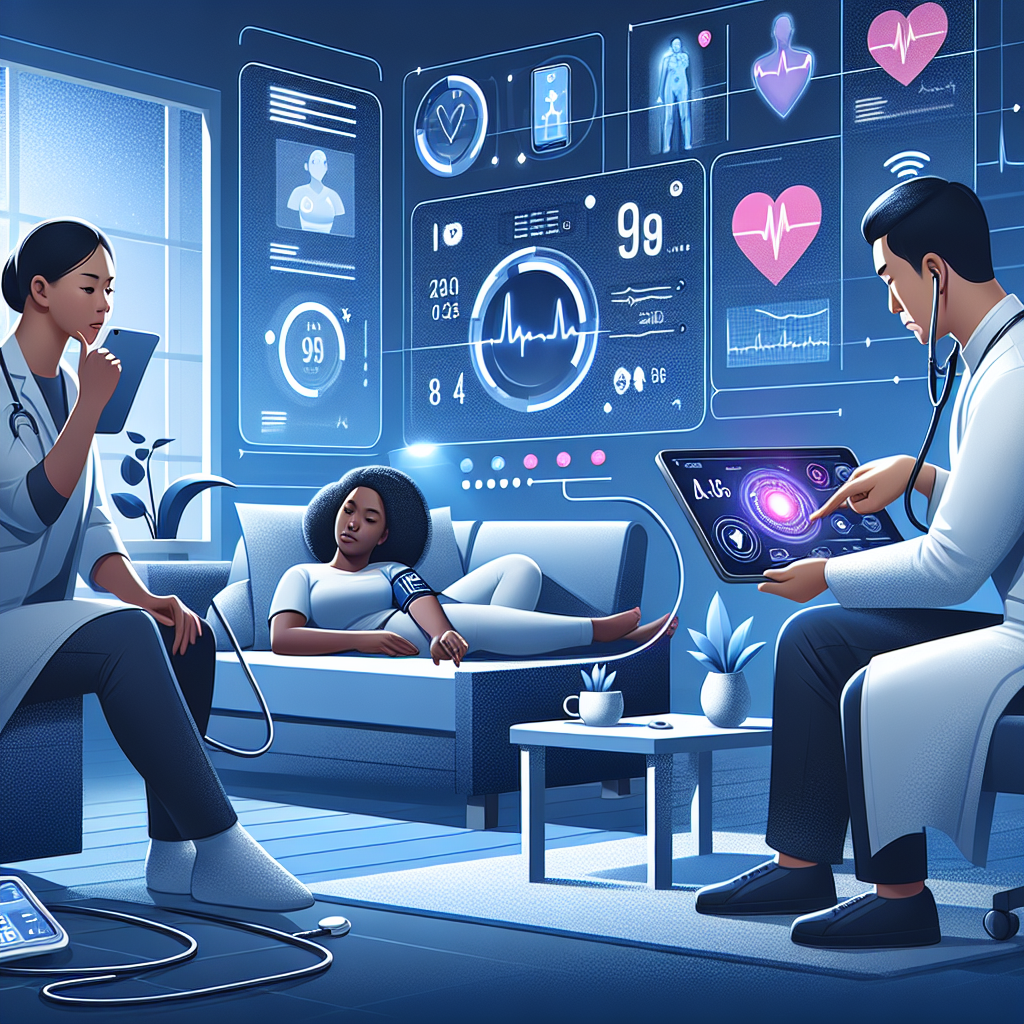
Remote Monitoring in Healthcare: Enhancing Patient Care and Outcomes
Remote monitoring in healthcare is revolutionizing the way patients receive care and improving outcomes. With the advancements in technology, healthcare providers can now monitor patients’ vital signs and health data from a distance, allowing for more personalized and efficient care.Remote monitoring allows patients to be monitored in the comfort of their own homes, reducing the need for frequent visits to healthcare facilities. This is especially beneficial for patients with chronic conditions who require regular monitoring and management of their health.
One of the key benefits of remote monitoring is the ability to detect health issues early on before they escalate into more serious problems. By continuously monitoring patients’ vital signs, healthcare providers can intervene promptly and provide necessary treatment, ultimately improving patient outcomes and reducing hospitalizations.
Remote monitoring also helps patients stay engaged and empowered in their own healthcare. With access to real-time health data, patients can take a more active role in managing their conditions and making informed decisions about their health. This leads to better adherence to treatment plans and overall improved health outcomes.
Additionally, remote monitoring can help healthcare providers optimize their resources and improve efficiency. By monitoring patients remotely, healthcare providers can prioritize care for those who need it most, reducing unnecessary visits and streamlining the delivery of care.
Overall, remote monitoring in healthcare is transforming the way patients receive care and leading to better outcomes. With the ability to monitor patients from a distance, healthcare providers can provide more personalized and efficient care, ultimately improving patient outcomes and reducing healthcare costs. As technology continues to advance, remote monitoring will play an increasingly important role in enhancing patient care and outcomes.
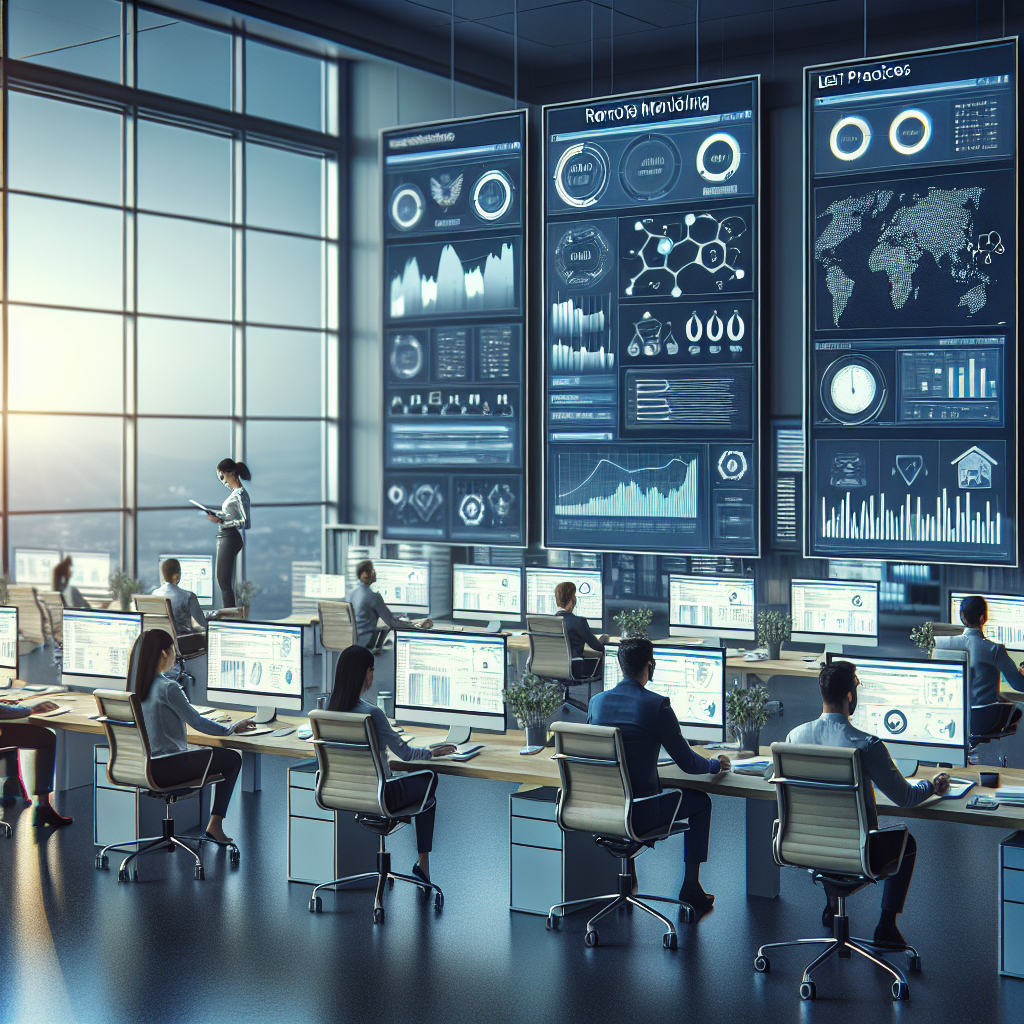
Implementing Remote Monitoring: Best Practices for Success
In today’s digital age, remote monitoring has become an essential tool for businesses looking to improve efficiency, reduce downtime, and enhance overall performance. By implementing remote monitoring systems, companies can proactively monitor their equipment, processes, and assets from anywhere in the world, ensuring optimal performance and minimizing the risk of costly breakdowns.However, implementing remote monitoring systems can be a complex and challenging process. To ensure success, businesses must follow best practices and guidelines to effectively deploy and manage their remote monitoring solutions. Below are some key best practices for implementing remote monitoring systems:
1. Define clear objectives and goals: Before implementing a remote monitoring system, it is essential to clearly define the objectives and goals of the project. This includes identifying the key performance indicators (KPIs) that will be monitored, the specific equipment or processes that will be monitored, and the desired outcomes of the monitoring system.
2. Select the right technology and tools: There are many remote monitoring solutions available on the market, so it is important to carefully evaluate and select the technology that best fits your business needs. Consider factors such as scalability, ease of integration, data security, and cost when choosing a remote monitoring system.
3. Ensure data accuracy and reliability: To ensure the success of your remote monitoring system, it is crucial to ensure the accuracy and reliability of the data being collected. This includes setting up regular data checks and validation processes to verify the integrity of the data being collected.
4. Implement proper security measures: Remote monitoring systems can be vulnerable to cyber threats, so it is important to implement proper security measures to protect your data and systems. This includes using encryption, firewalls, and access controls to prevent unauthorized access to your monitoring systems.
5. Provide adequate training and support: To ensure the successful implementation of a remote monitoring system, it is important to provide adequate training and support to your employees. This includes training them on how to use the monitoring system effectively, troubleshooting common issues, and providing ongoing support as needed.
6. Monitor and analyze data: Once your remote monitoring system is up and running, it is important to regularly monitor and analyze the data being collected. This will help you identify trends, patterns, and anomalies in your data, allowing you to make informed decisions and take proactive measures to optimize performance.
By following these best practices for implementing remote monitoring systems, businesses can effectively leverage technology to improve efficiency, reduce downtime, and enhance overall performance. With the right strategy and tools in place, companies can successfully implement remote monitoring systems and reap the benefits of real-time monitoring and control.
